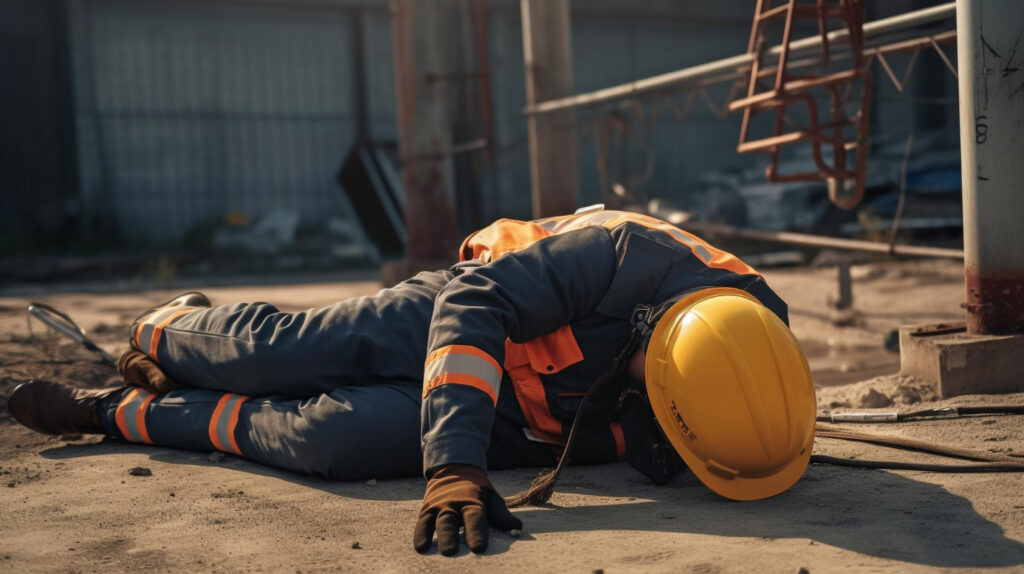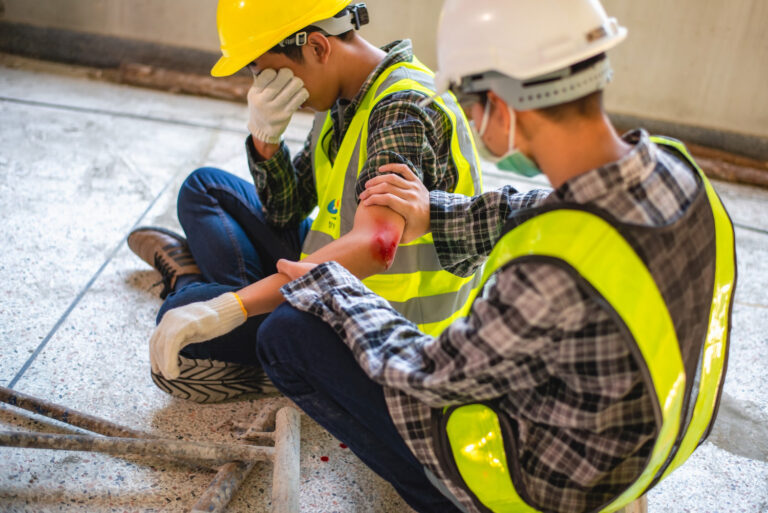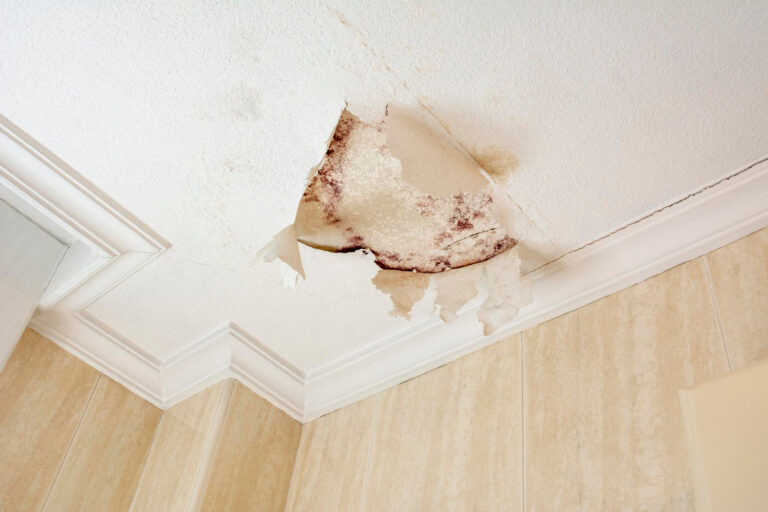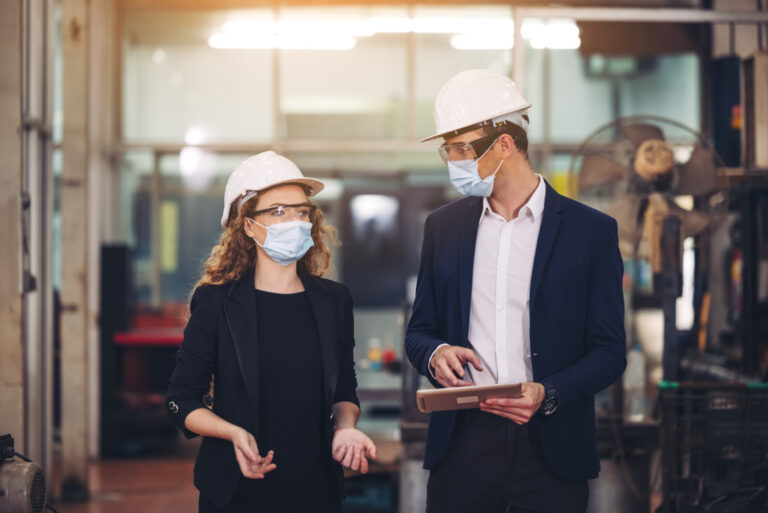Fall Protection Requirements in Construction: When is it Required?
At LawOfficeOfBrianKelly, we understand the importance of safety in the construction industry. Many workers face significant risks daily, and one of the most critical safety measures is fall protection. Did you know that falls are one of the leading causes of injuries and fatalities on construction sites? Join us as we delve into when fall protection is required and how it can make a life-saving difference.
Based on OSHA guidelines, fall protection is required in the construction industry when workers are exposed to falls of 6 feet or more. This includes working on roofs, ladders, and scaffolds. Additional protection is also needed if there are risks from holes or edges.
What Is Fall Protection?
Fall protection systems, designed to prevent workers from falling and sustaining injuries, can reduce fall-related fatalities by up to 86%.
It seems that, using equipment like harnesses, lanyards, guardrails, and safety nets is important to keep people safe when working up high. This is really important in jobs like construction, maintenance, and roofing where workers can fall from places like scaffolds, ladders, and roofs.
The main aim of using these fall protection tools is to reduce the chance of accidents and injuries. Employers need to make sure the workplace is safe for everyone, which includes having the right fall protection in place.
Come to think of it, workers also need to learn how to use this equipment properly and understand why it’s important to always use it when working at heights.
Not having good fall protection can lead to serious injuries or even death. Falls from heights are a major cause of workplace accidents with serious consequences for both the worker and the company. By focusing on fall protection, businesses can make the workplace safer and protect their workers. It’s important for all workers to be aware of fall risks and take steps to avoid accidents.
When Fall Protection Is Necessary
Fall protection is very important whenever there’s a chance of falling from a height that could result in serious injury or fatality.
At the simplest levelwhen working on high surfaces like roofs, scaffolding, ladders, or platforms, it’s important to use safety gear to prevent falls if you’re over six feet off the ground. This applies to construction sites, factories, and any other workplaces where falling is a risk.
OSHA (Occupational Safety and Health Administration) says that employers must provide fall protection gear and train workers on how to use it. This gear can include things like harnesses, lanyards, and anchor points. Employers also need to put in place things like guardrails, toe-boards, and safety nets to prevent falls.
For the most partworkers need to follow safety rules to stay safe when working at heights. This means checking for dangers before starting the job, using the right equipment, and sticking to safety guidelines. Workers should always be aware of their surroundings to avoid accidents.
Not using fall protection can lead to serious injuries or even death. That’s why it’s very important for both employers and workers to make safety a priority when working at heights. By being careful and using fall protection, the chances of falling and getting hurt can be greatly reduced.
Types of Fall Protection Systems
One fascinating fact is that fall protection systems, such as guardrails, safety nets, and personal fall arrest systems, are tailored to different industry needs to enhance worker safety at heights.
In general terms, there are several types of systems to keep workers safe from falling when they work at heights.
- Guardrails: These are barriers set up along the edges of high places to stop workers from accidentally falling off.
- Safety Nets: These nets are placed below work areas to catch workers if they fall.
- Personal Fall Arrest Systems: These include a full-body harness, a lanyard, and an anchor point. If a worker falls, the system catches them and prevents serious injury.
- Positioning Systems: These systems help workers stay in one place while working with their hands free. They also include a harness, lanyard, and anchor point.
- Warning Line Systems: These are barriers put up around the edges of high work areas to warn workers about potential fall dangers.
OSHA Guidelines for Fall Protection
OSHA Guidelines for Fall Protection are crucial regulations by the Occupational Safety and Health Administration designed to prevent fall-related injuries while working at heights.
Basically, these rules mean employers must give workers the right gear to prevent falls, like guardrails, safety nets, or personal fall arrest systems. They also have to train workers on using the gear properly and check it regularly to make sure it’s safe.
These rules apply when workers could fall six feet or more in general jobs, and four feet or more in construction. Employers need to check if fall protection is needed at the work site, make a written plan if necessary, and supervise to ensure the plan is followed.
To outline briefly, besides giving fall protection gear, employers must also take steps to reduce fall risks, like covering holes in the floor, providing good scaffolding, and making sure ladders are safe. They should also keep records of any fall protection training and any falls that happen on the job.

Training and Safety Measures
Training helps employees learn how to do their jobs safely and well. This involves knowing about possible dangers, how to use equipment, and what to do in emergencies.
Regular safety meetings and repeat training sessions help remind workers of safety rules and update them on any changes. Following these safety rules is important to keep everyone safe.
Training should cover things like using tools correctly and dealing with dangerous materials. Employees should feel free to ask questions if they’re unsure about any safety steps.
In general, safety rules, such as wearing protective gear, following safety procedures, and checking equipment often, help reduce the chance of accidents and injuries. Regular safety checks should be done to find and fix any hazards.
The main goal of training and safety measures is to build a strong safety culture at work, where everyone looks out for their own safety and the safety of others. By focusing on training and safety, companies can lower the chances of accidents and make the workplace safer for everyone.
In Epilogue
In the construction industry, fall protection is required whenever there is a risk of falling from a height of 6 feet or more.
What LawOfficeOfBrianKelly is expecting you to is, this includes working on roofs, scaffolds, ladders, and other elevated surfaces. Employers must ensure that proper safety measures are in place to prevent falls and protect workers from injury or death.





